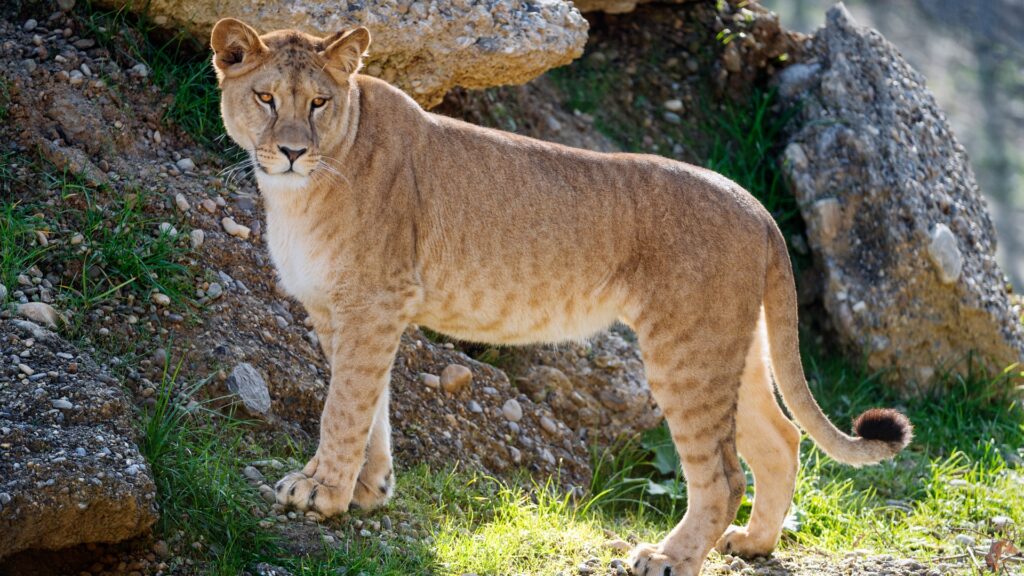
The Siberian tiger is the largest of all big cats, with males weighing up to 700 pounds. Native to Russia’s Far East, it is known for its incredible strength and agility and can take down prey many times its size. Its powerful forelimbs and razor-sharp claws make it an apex predator, while its thick fur helps it survive the harsh winters of its habitat. Indeed, it is a symbol of feline power.
African Lion: The Pride Leader
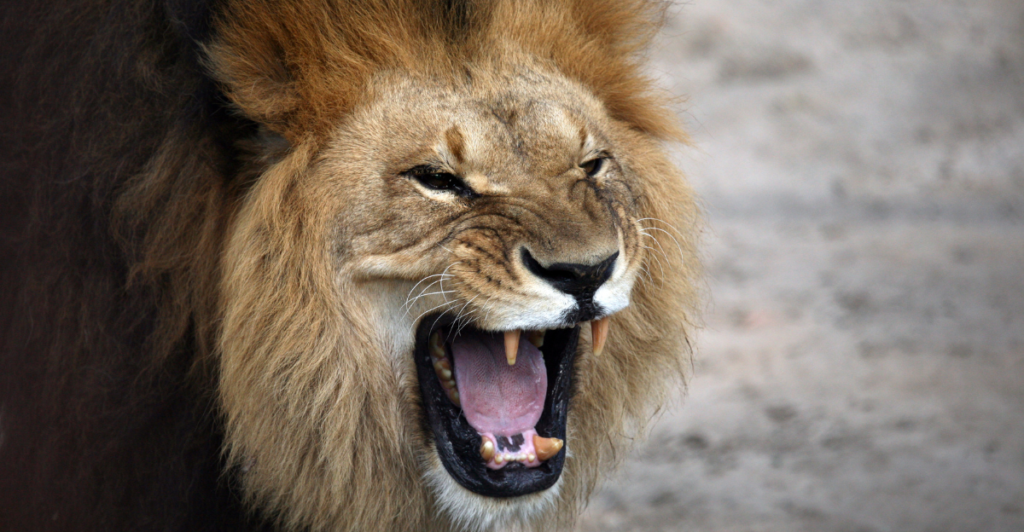
Known as the “King of the Jungle,” the African lion’s muscular build and teamwork make it a formidable hunter. Male lions can weigh up to 500 pounds, while females, the primary hunters, are slightly smaller but equally powerful. Lions are capable of bringing down large prey like buffalo and giraffes. Their social structure, with pride in working together, amplifies their hunting success and ensures their dominance in the savanna.
Jaguar: The Bite Force Master
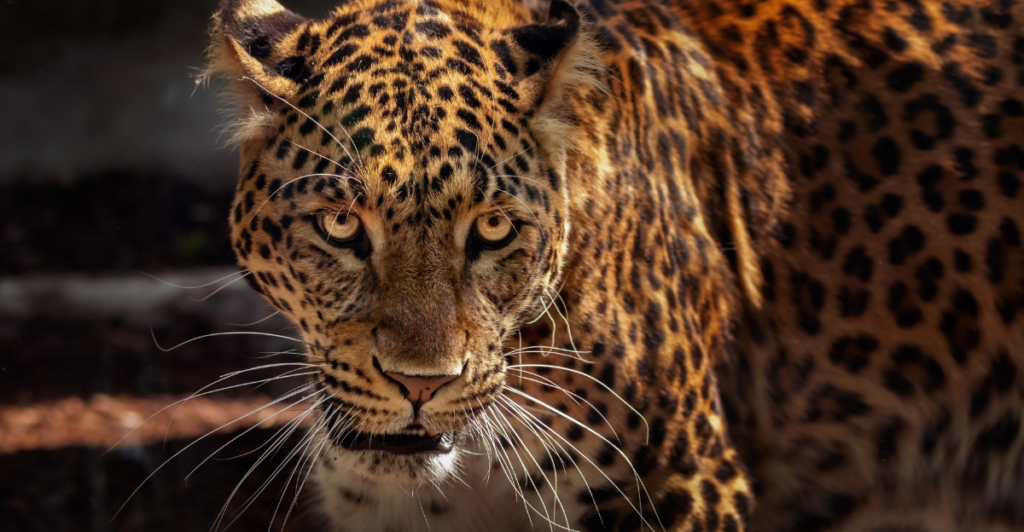
The jaguar, native to the Americas, has the most potent bite force relative to its size among all big cats. With jaws capable of crushing skulls, they often prey on armored creatures like turtles and caimans. Jaguars are also exceptional swimmers and climbers, making them versatile predators. Their rosette-patterned coat provides excellent camouflage in rainforests, ensuring stealth during hunts. Weighing up to 250 pounds, they epitomize raw feline strength.
Cougar: The Stealthy Sprinter
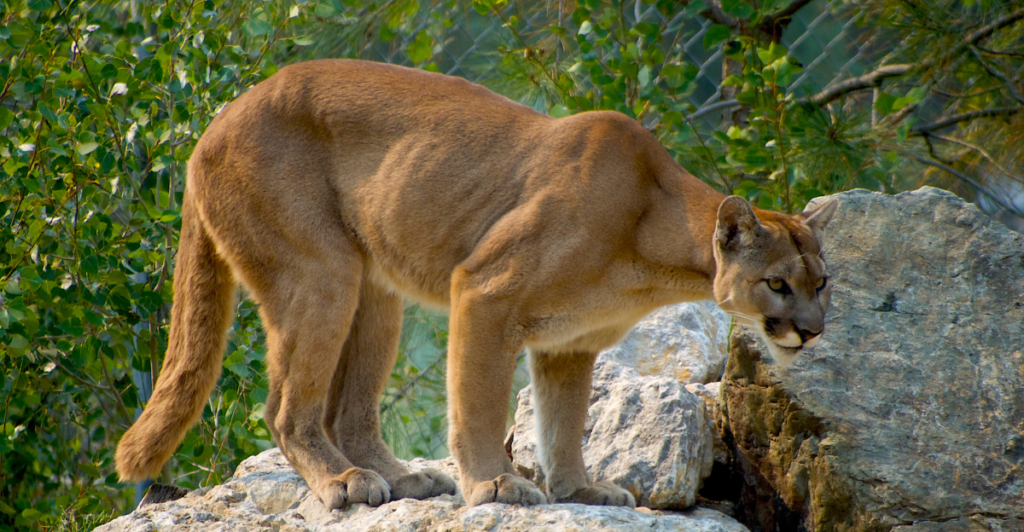
Also known as mountain lions or pumas, cougars are skilled hunters native to the Americas. With lean, muscular bodies, they excel in stalking prey and ambushing with incredible speed. Cougars can leap up to 18 feet vertically and rely on their powerful hind legs for speed and agility. These solitary cats can take down animals much more significant than themselves, making them one of the most adaptable predators.
Bengal Tiger: The Royal Predator
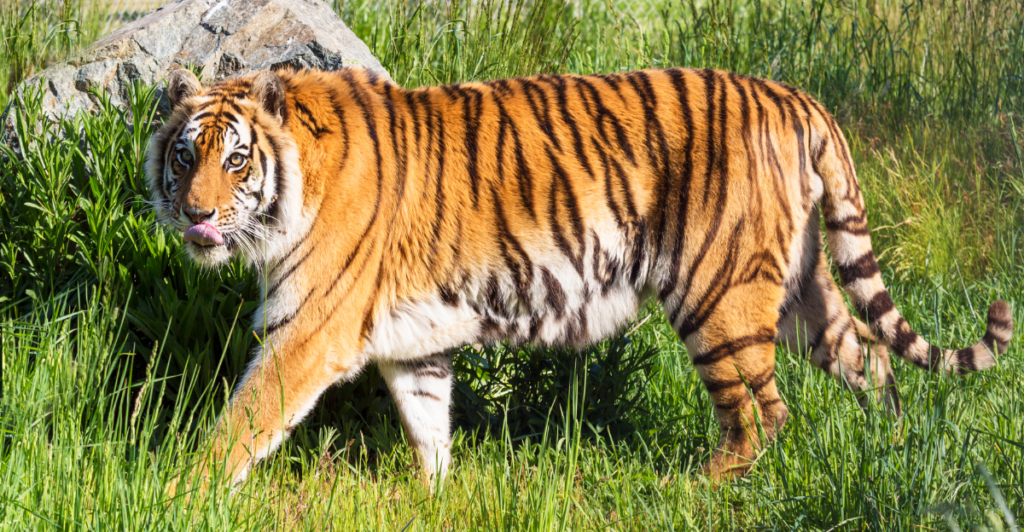
Bengal tigers are iconic for their majestic appearance and raw power. Found primarily in India, males can weigh up to 570 pounds. They possess immense strength, capable of dragging prey heavier than themselves. Renowned for their stealth, Bengal tigers often hunt at night, relying on their keen senses. Their striped coats provide perfect camouflage in dense forests, aiding them in ambushing prey. These tigers are both fierce and awe-inspiring.
Cheetah: The Speed Demon
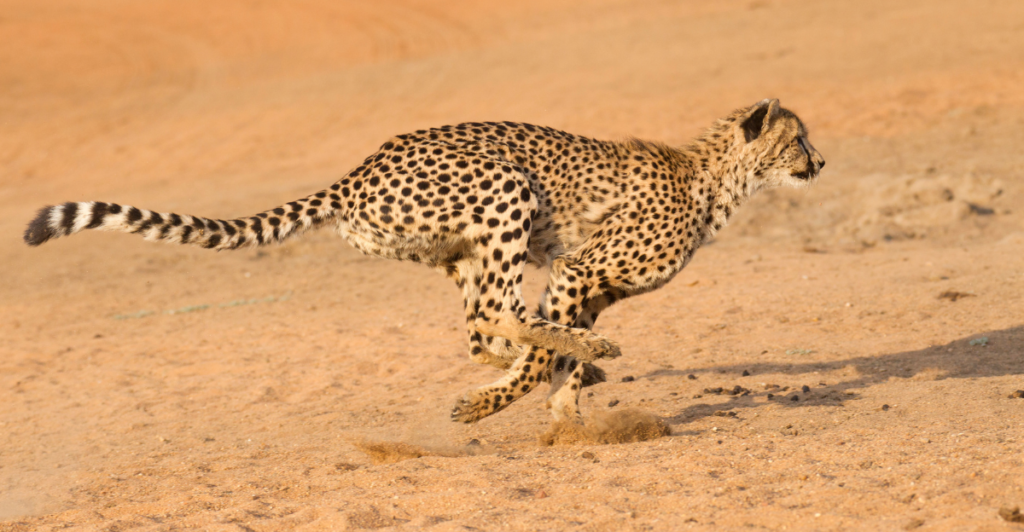
While not the largest, the cheetah is unmatched in speed, capable of reaching up to 70 mph in short bursts. This African predator relies on its lightweight frame and powerful leg muscles to outrun prey. Their semi-retractable claws provide excellent grip during sprints. Although they lack the raw power of other big cats, cheetahs’ agility and speed make them efficient hunters of smaller, fleet-footed animals like gazelles.
Leopard: The Silent Stalker
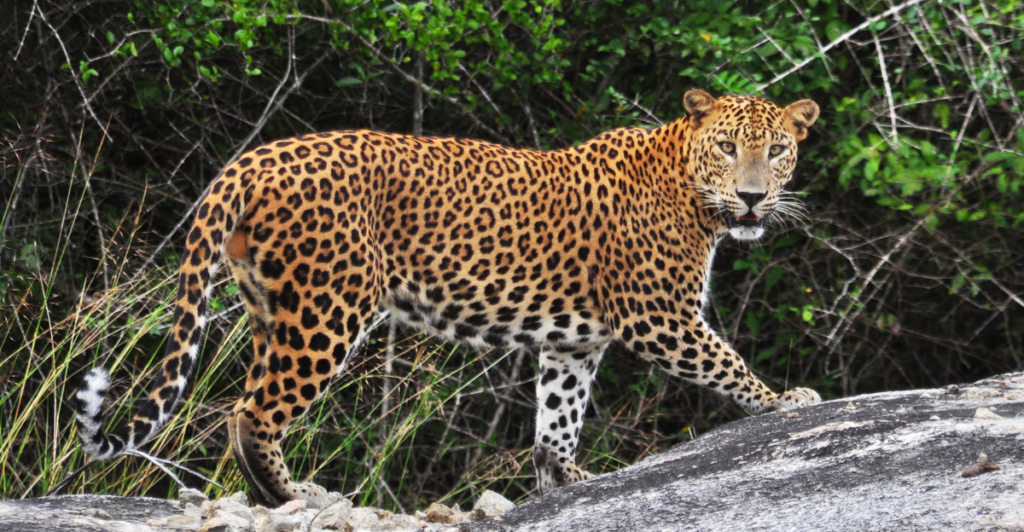
Leopards are among Africa and Asia’s most versatile and widespread big cats. They are vigorous climbers and often drag their kills up trees to protect them from scavengers. Leopards’ compact yet muscular build allows them to overpower prey larger than themselves. Their stealth and spotted coats make them nearly invisible in their habitats, ensuring successful ambushes. These solitary hunters are true masters of survival.
Snow Leopard: Ghost of the Mountains
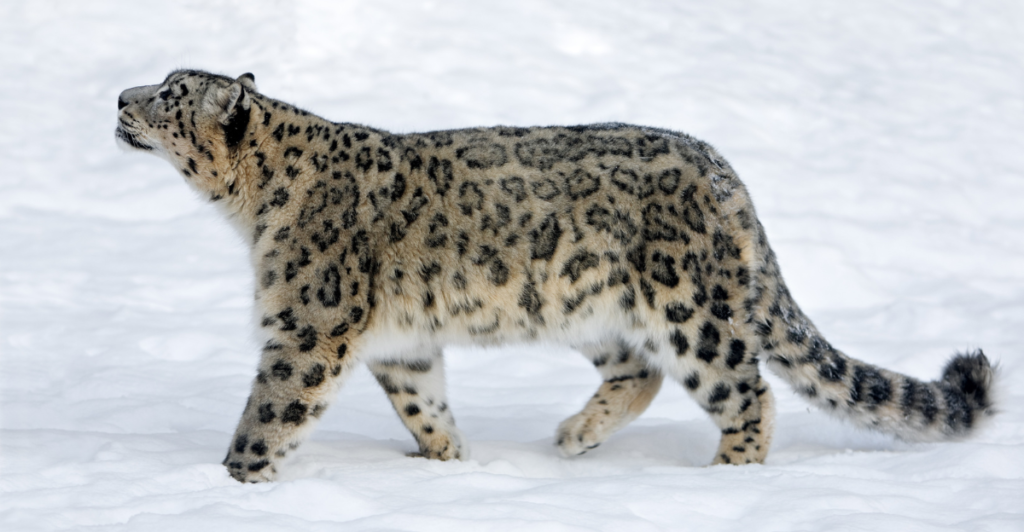
Snow leopards thrive in the rugged terrains of Central and South Asia. Their thick, spotted coats and powerful limbs allow them to traverse snowy cliffs easily. Weighing up to 120 pounds, they are smaller than other big cats but are incredibly strong for their size. Their long tails aid in balance and provide warmth. Snow leopards primarily prey on mountain goats and sheep, showcasing their impressive hunting prowess.
Clouded Leopard: Arboreal Acrobat
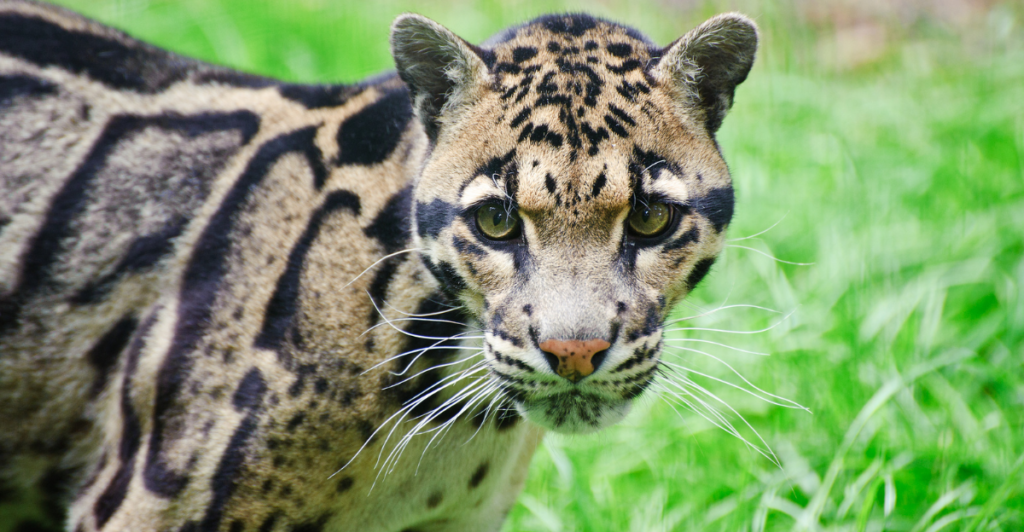
The clouded leopard, native to Southeast Asia, is known for its climbing skills. It possesses the most prominent canine teeth relative to skull size among modern cats, making it a formidable hunter. Its muscular, compact body and rotating ankle joints enable it to climb down trees headfirst. Despite their small size, usually under 50 pounds, clouded leopards are fierce predators. Their agility and unique adaptations make them one of the most intriguing feline species.
Caracal: The Desert Hunter
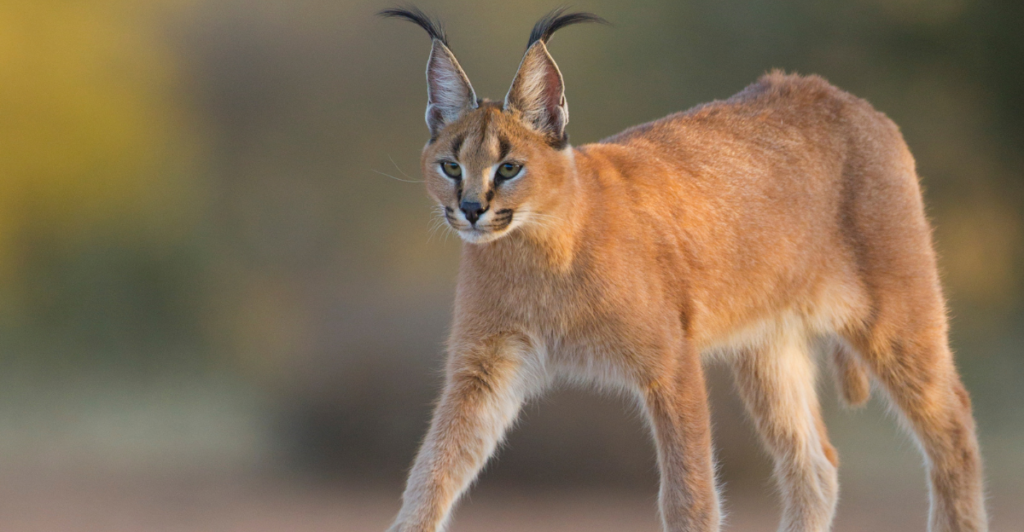
Caracals are medium-sized wild cats native to Africa and parts of Asia. Known for their striking tufted ears, they are incredibly agile hunters capable of leaping up to 10 feet into the air to catch birds mid-flight. Weighing up to 40 pounds, their muscular build and sharp reflexes allow them to take down prey larger than themselves. Caracals are solitary and highly adaptable, thriving in various environments, from deserts to savannas.
Eurasian Lynx: The Forest Phantom
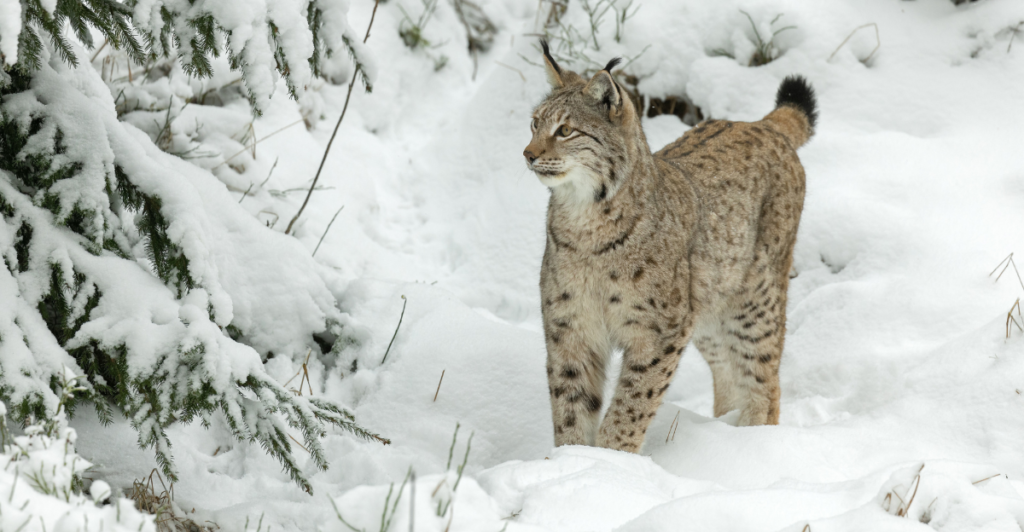
The Eurasian lynx is Europe’s largest wild cat, with powerful limbs and tufted ears that enhance their hearing. Found in dense forests across Europe and Asia, they are elusive and solitary hunters. Lynxes primarily prey on deer and smaller mammals, relying on their stealth and strength. Their thick fur helps them survive harsh winters, while their large, padded paws act as natural snowshoes, allowing them to navigate snowy terrains effortlessly.
Fishing Cat: The Water Specialist
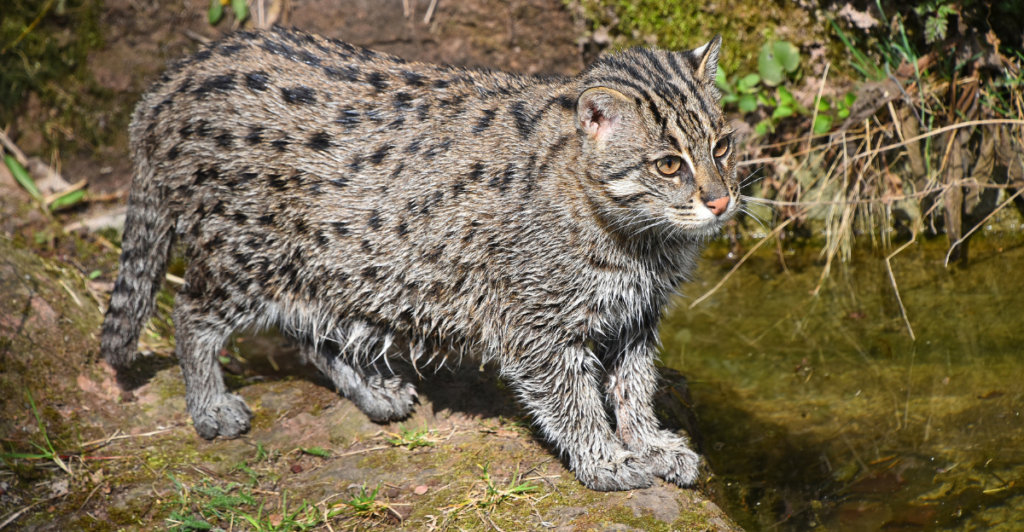
Fishing cats, native to South and Southeast Asia wetlands, are skilled swimmers and hunters of aquatic prey. They use their partially webbed paws to catch fish and crabs precisely. Weighing up to 35 pounds, these cats have a stocky build and short legs, aiding their aquatic lifestyle. Their ability to adapt to water-centric environments makes them unique among felines, showcasing their specialized hunting strategies.
Margay: The Tree Acrobat
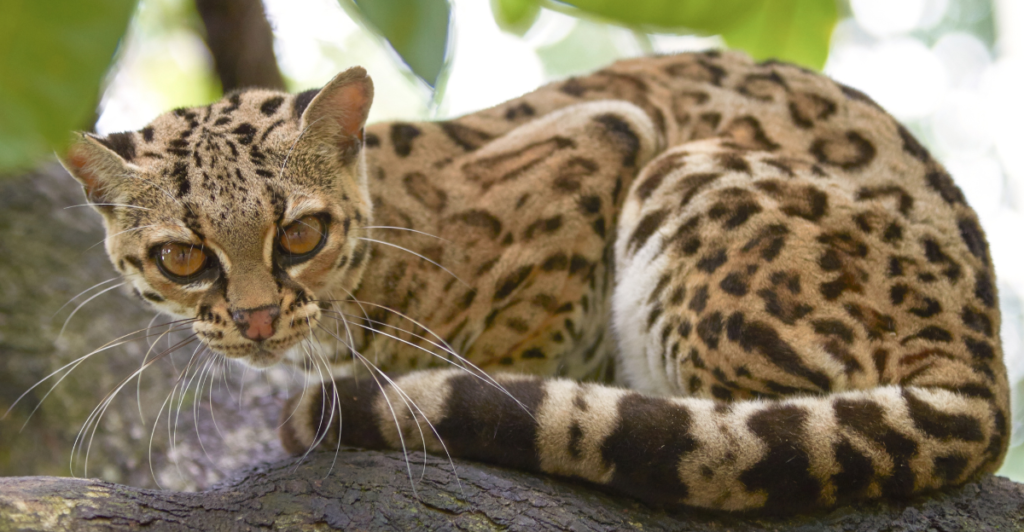
The margay, a small wild cat native to Central and South America, is renowned for its arboreal agility. Their flexible ankle joints allow them to climb trees effortlessly and even hang from branches with one paw. Weighing only 9 pounds, margays rely on stealth and precision to hunt small prey such as birds and rodents. Their nocturnal habits and exceptional climbing skills make them elusive yet fascinating feline family members.
Discover more of our trending stories and follow us to keep them appearing in your feed

10 Easy Ways To Stop A Charging Dog
13 Most Dangerous Animals in America
Bobcats Are Making a Comeback—And They Might Be Protecting Us From Disease
Could Africa’s Most Elusive Wildcats Be the Key to Healthier Forests?
Stay connected with us for more stories like this! Follow us to get the latest updates or hit the Follow button at the top of this article, and let us know what you think by leaving your feedback below. We’d love to hear from you!







